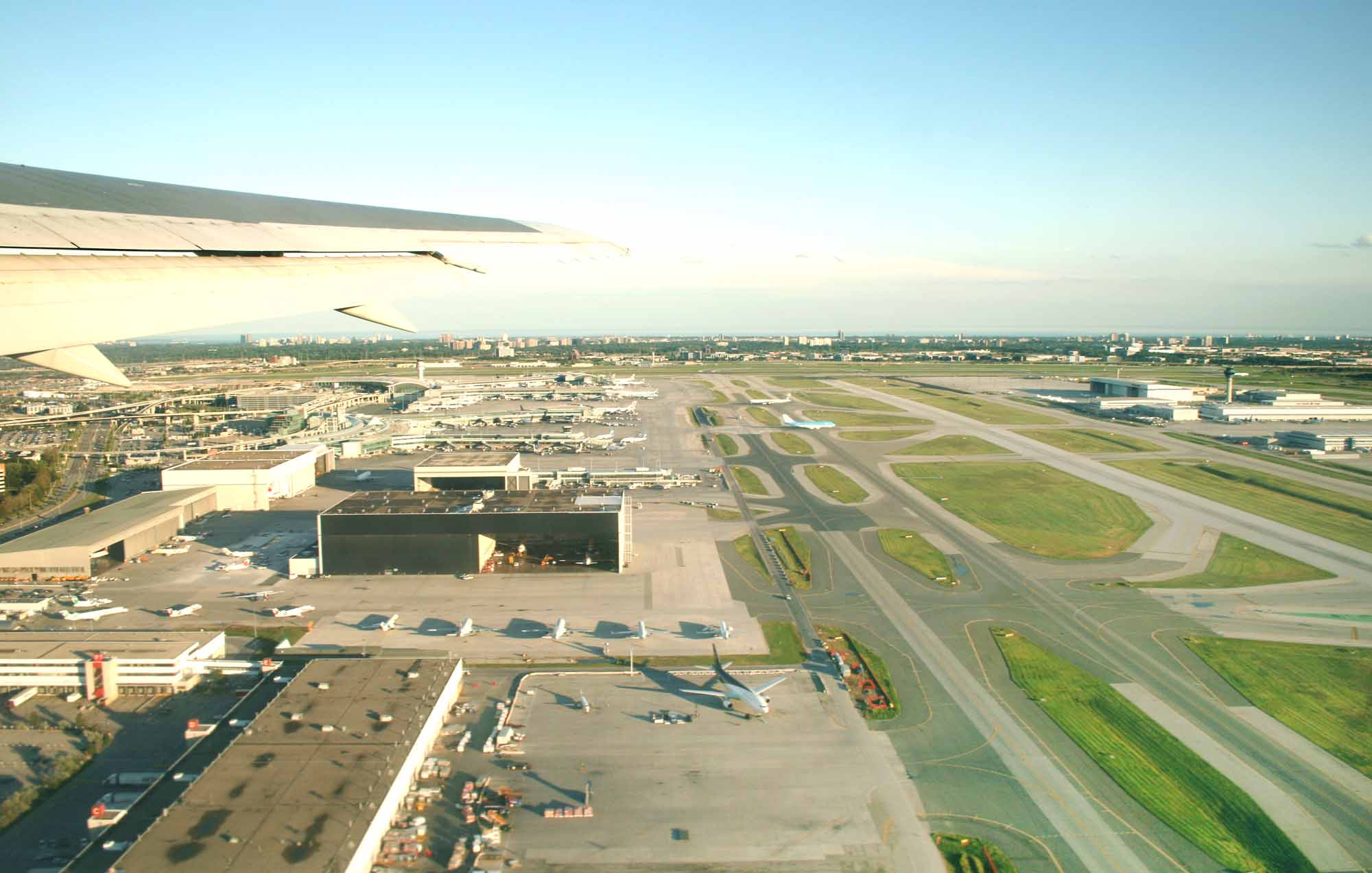
Over the course of Canada’s history, marine disasters have occurred along the country’s coasts as well as in its freshwater lakes. The most fatal of these disasters occurred on 29 May 1914, when the Empress of Ireland sank near Rimouski, Québec, killing 1,014 people. This article outlines some of the worst marine disasters to occur in Canadian waters.
Early Marine Disasters
The earliest shipwreck may have involved John Cabot, who disappeared in 1498 on his second voyage; or Gaspar Corte-Real, who vanished in 1501 on a voyage to Newfoundland; or an anonymous Basque whaler. The wreck of the Delight, one of Sir Humphrey Gilbert’s ships, on Sable Island on 29 August 1583, when at least 85 men were drowned, is the first identifiable marine disaster.
On 23 August 1711, a British fleet under Rear Admiral Sir Hovenden Walker was sailing to attack Québec when it blundered onto the rocks of Île-aux-Oeufs. The 19 warships and 41 other ships carried over 11,000 men – as many as 950 of these men were lost. Poor charts, rugged and sparsely inhabited coastlines and general lack of marine aids (such as fog signals, lighthouses and lifesaving stations) combined to take a terrible toll of ships, which frequently lacked lifeboat capacity for all aboard.
19th-Century Disasters
The Montreal (a 715-tonne paddle steamer) burned near Québec on 26 June 1857 with the loss of 253 people. The crew was scandalously slow responding to the report of fire; the ship had caught fire on at least three previous occasions.
On 20 March 1873, the Atlantic, owned by the White Star Line, sailed from Liverpool to New York with 811 passengers, four officers and a crew of 141. Its coal was consumed faster than was anticipated, and on 31 March the captain decided to make for Halifax. At 3:15 a.m. on 1 April, the ship blundered onto Meagher's Rock (Prospect, Nova Scotia) and tilted so sharply that those below deck were trapped, while many who reached the deck were washed overboard. In spite of heroic rescue efforts by crewmen and local inhabitants, around 550 passengers died. They included all the women and children aboard, except for one boy.
On 24 May 1881, the overloaded Victoria (a 27-tonne paddle steamer) capsized in the Thames River near London, Ontario. When it became clear the boat was capsizing, many jumped from the deck, which in turn fell on top of them. This left no escape and, despite relatively shallow water, at least 182 perished.
Great Lakes Storm of 1913
The Great Lakes Storm of 1913, alternately referred to as the White Hurricane or Freshwater Fury, is the worst storm in Great Lakes history. From 7–10 November, a whiteout blizzard – including winds gusting to more than 140 km per hour and waves up to 12 m tall – ravaged Lakes Superior, Michigan, Huron and Erie, with Lake Huron being the hardest hit. As many as 270 sailors drowned, including the entire crews of eight ships lost on a single day on Lake Huron.
The Empress of Ireland (1914)
On 29 May 1914, on her first night out on a voyage from Québec, the Empress of Ireland, owned by the Canadian Pacific Steamship Company, was sailing in scattered fog near Father Point (Rimouski), Québec. She was struck broadside by the loaded Norwegian collier Storstad, which opened a large hole in the liner's hull. The Empress filled rapidly and passengers were trapped. Only 14 minutes elapsed from impact to sinking. Of the 1,057 passengers and 420-member crew, 1,014 died.
Other 20th-Century Disasters
On 23 October 1918, sailing in a snowstorm from Skagway, Alaska to Vancouver, the Princess Sophia, owned by CP Steamships, ran onto Vanderbilt Reef on the Lynn Canal. Smaller craft approached, but heavy seas prevented them from rescuing passengers. Two days of pounding by waves finally broke the ship's hull, and on 25 October, the ship sank with the loss of all 343 aboard.
A drill ship named the John B. King and her crew had the ill fate of being struck by lightning on 26 June 1930. The strike ignited dynamite, which was buried in holes drilled into the bottom of the river and connected to the ship by wires, prompting an explosion. Thirty men were either killed instantly or by drowning. Ten members of the crew were rescued by an American ship.
Fishing and Sealing Disasters
Both fishing and sealing off the Atlantic coast have claimed many lives over the years. It is estimated that between 1810 and 1870 the Newfoundland seal fishery lost some 400 vessels and 1,000 men in the ice floes.
On 31 March 1914, the sealing vessel Southern Cross was seen for the last time off the coast of Newfoundland. The ship, reportedly sitting low in the water from the weight of seal pelts, sank on its way home from the Gulf of St. Lawrence. The entire 173-man crew drowned – the highest number of deaths in Newfoundland and Labrador’s sealing history.
On 20 June 1959, the fishing fleet of Escuminac, New Brunswick, was hit by a massive storm that sank 22 boats and drowned 35 men.
Oil Rig Disasters
The tragic sinking of the offshore oil rig Ocean Ranger, 265 km east of Newfoundland on 15 February 1982, was Canada's first disaster with this type of vessel; 84 men were lost.

 Share on Facebook
Share on Facebook Share on X
Share on X Share by Email
Share by Email Share on Google Classroom
Share on Google Classroom



